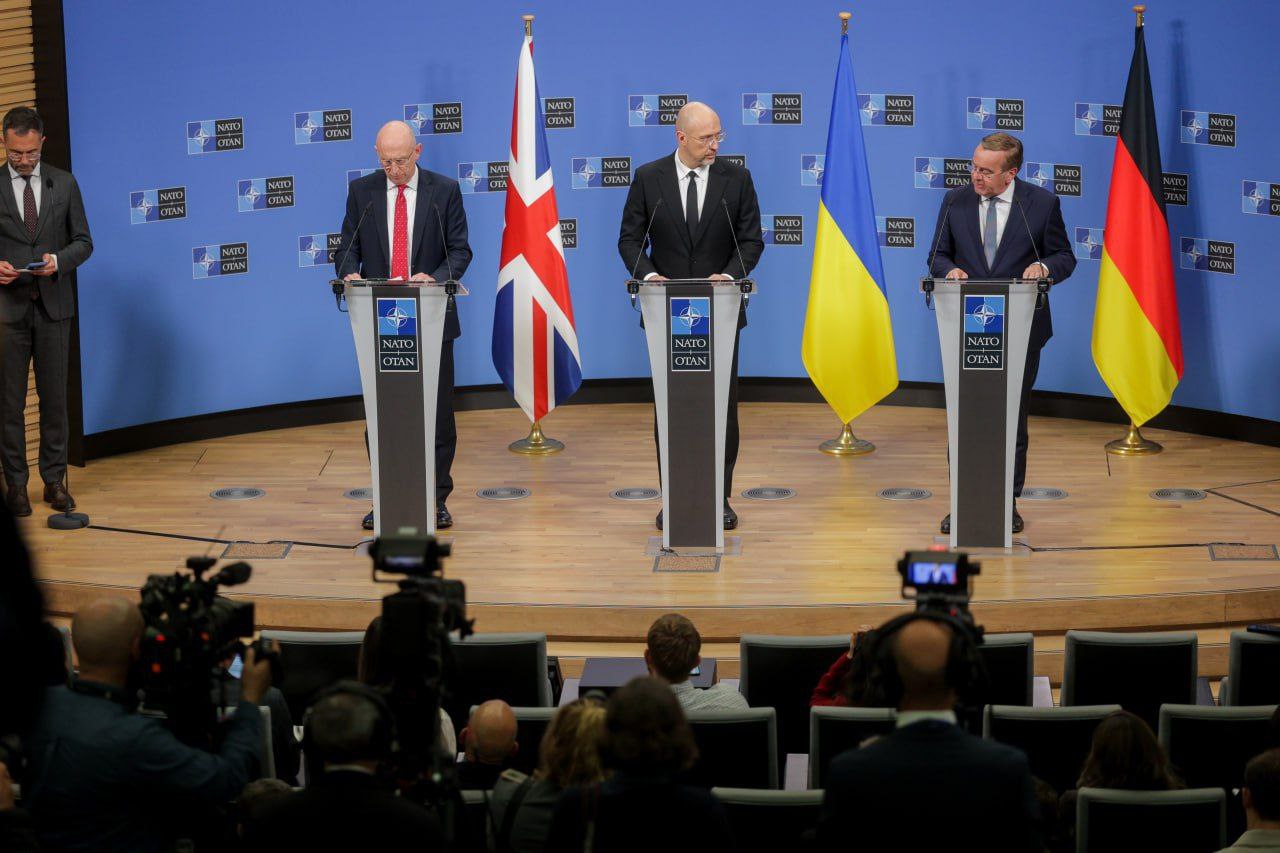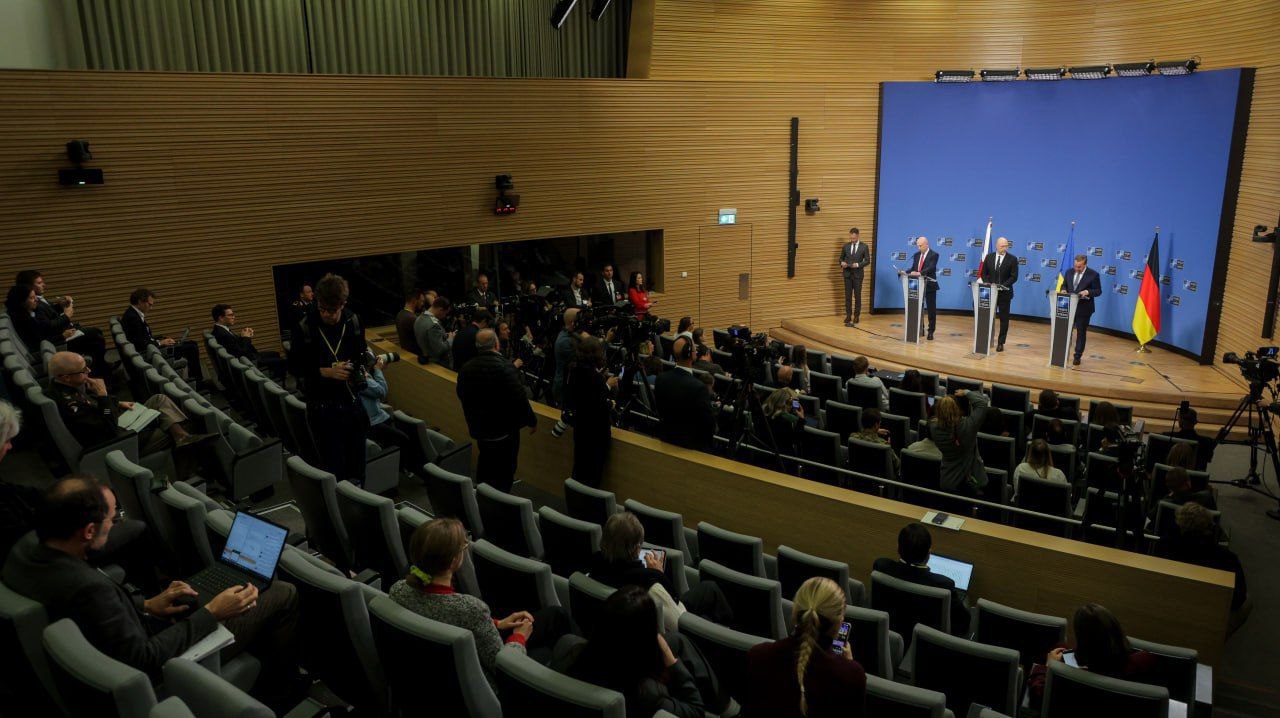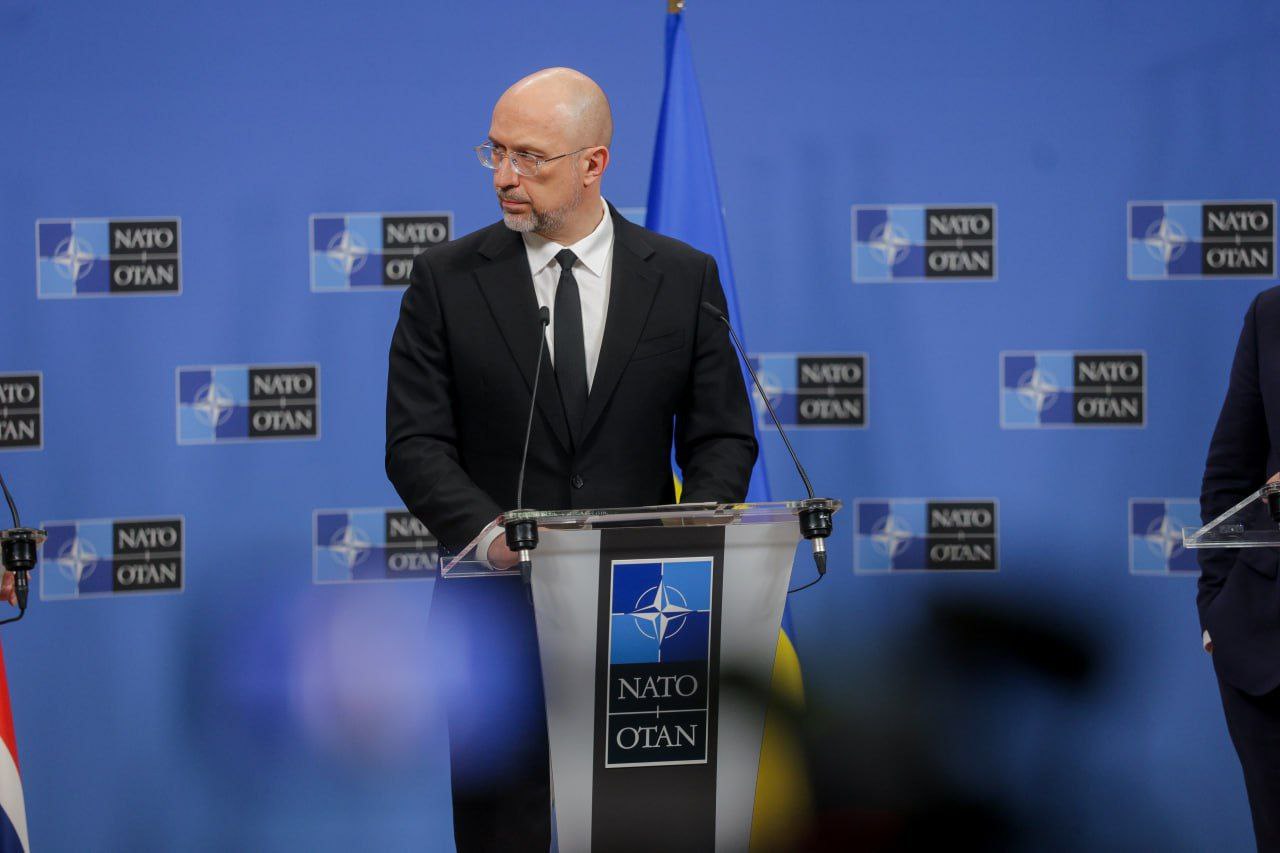PURL, Long-Range Weapons, Defense Investments: Key Takeaways from the Ramstein Meeting

At the latest Ramstein meeting in Brussels, Ukraine’s Western partners unveiled a broad package of new defense commitments to boost Ukraine’s military capabilities, including expanded funding for the U.S.-led PURL initiative, large-scale drone programs, and new bilateral defense memorandums.
The Gaze reports this, referring to a post by Ukraine's Minister of Defence Denys Shmyhal.
According to him, the meeting reaffirmed that the Ramstein group remains the central coordination platform for international military aid to Ukraine.
He urged allies to take decisive steps to increase pressure on Russia and to sustain long-term military support as the war enters another winter phase.
NATO Secretary General Mark Rutte announced that 17 member states have now committed to co-financing the PURL initiative, which allows the purchase of U.S. weapons and ammunition for Ukraine using European funds.
The number of participating countries nearly tripled during the one-day meeting, rising from six to seventeen – more than half of NATO’s members.
“The program through which the United States provides Ukraine with both lethal and non-lethal aid, funded by NATO allies, has already allocated more than $2 billion,” Rutte said. “Today’s expansion sends a strong signal of unity and determination.”
The session was attended by U.S. Defense Secretary Pete Hegseth, who called the broadening of the initiative “an incredible signal” of transatlantic commitment.
Expanded PURL Initiative
Six European countries, Sweden, Latvia, Estonia, Denmark, Norway, and Slovenia, announced contributions to a new tranche of NATO’s Pooled Ukraine Readiness and Lethality (PURL) initiative, which allows partners to jointly finance lethal and non-lethal military aid for Ukraine.
NATO Secretary General Mark Rutte said the program has already disbursed more than $2 billion and expects “many more countries” to join following this week’s session.
Drone Production and Support
Ukraine outlined an ambitious plan to manufacture up to 20 million FPV, ISR, and other drones in 2026, contingent on sustained international funding. The United Kingdom pledged to deliver 85,000 drones this year and continue cooperation on counter-drone and interceptor technologies.


New Defense Memorandums
Two new memorandums were signed during the meeting – one between Ukraine and Germany to deepen bilateral defense cooperation, and another under the North-Baltic Initiative to train and equip Ukrainian troops at brigade level in Poland.
German Defense Minister Boris Pistorius confirmed that Berlin will provide an additional €2 billion in aid, reaffirming its earlier pledge.
Air Defense and Winter Preparedness
Ukraine requested a “winter air-defense package” from partners, seeking a sufficient stockpile of interceptor missiles to protect civilians and critical energy infrastructure.
Denmark also announced a 1.1 billion-kroner ($150 million) military-aid package, including 400 million kroner dedicated to training Ukrainian personnel.
U.S. Defense Secretary Pete Hegseth said that “a combat-ready, Europe-led NATO and a self-reliant Ukrainian army” remain the strongest deterrent against Russian aggression.
United Message of Endurance and Unity
The Brussels meeting, co-chaired by UK Defense Secretary John Healey and Germany’s Boris Pistorius, underscored the allies’ shared commitment to a “just and lasting peace.”
Ukrainian representatives stressed that true stability in Europe depends on international unity and the continued strengthening of Ukraine’s defense sector.
“We are grateful to all the countries that today announced their commitments to continue providing our troops with the necessary support. Peace in Ukraine must be just, lasting, and secured by international unity. Together, we are working to achieve it,” Shmyhal emphasized.